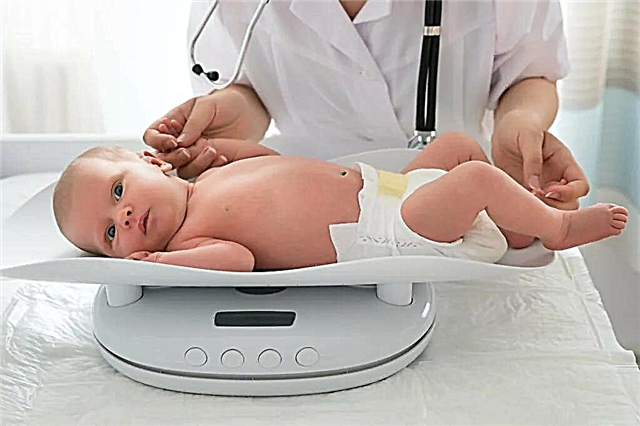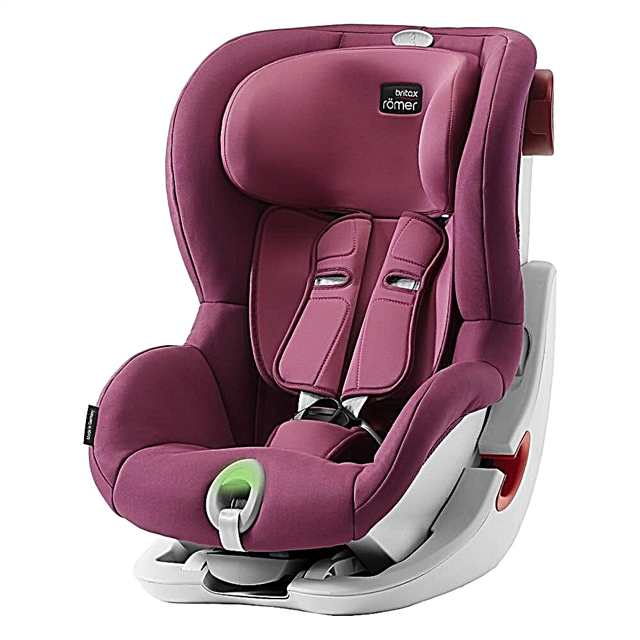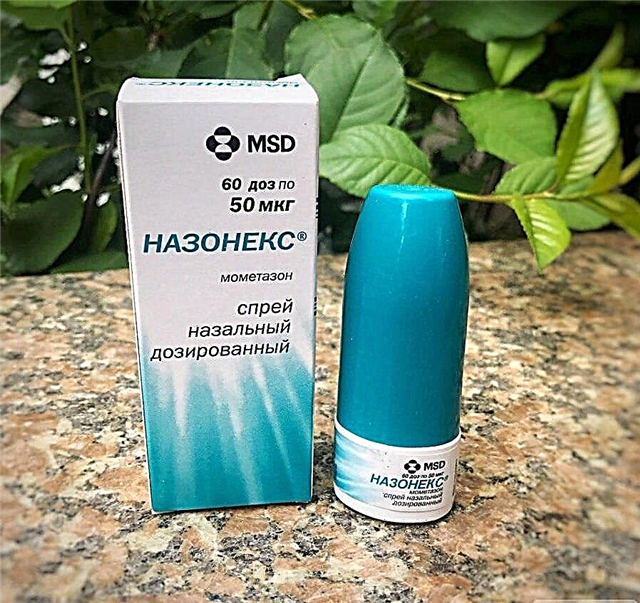Curiosity is a common state of the baby. She indicates the correct mental and emotional development. Sometimes parents may wonder how to treat hyperactivity in a child. This is due to the fact that the baby shows an increased interest in everything and behaves in an unusual way for age criteria. Experts call this condition attention deficit disorder (ADHD). There are a number of characteristic signs that indicate increased activity. They need to be taken into account in order to avoid troubles and deviations in development.

Mobility is a natural state of childhood
Symptoms in children under one year old
It is quite difficult to identify violations in a child under the age of 1 year. The reason is that the characteristics of behavior and character during this period were not yet fully formed. The expression of emotions is still beyond the control of the baby, so he can sometimes be too active or, conversely, subside.
Symptoms that are universal for any age period will help to recognize hyperactivity in infants:
- Sleep disturbance - the period of rest-wakefulness is shifted. The baby behaves restlessly, cries or does not want to fall asleep for a long time. It also happens that the main rest time is in the morning and afternoon, the activity begins in the evening and continues throughout the night.
- Increased need for movement (for babies, it is expressed in the constant raising of arms and legs, rolling over).
- Continuous crying for no apparent reason.
- Severe tension in the muscles (hypertonicity).
- Regurgitation and vomiting (may occur immediately after eating or after a while).
- Increased excitability. For example, turning on the lights in a room or ringing the phone can lead to mood swings.
In this case, parents may face problems such as difficulty changing or changing clothes. The presence of unauthorized persons or a large number of people in the room can cause the mood to change to negative. All of these listed symptoms are present in the presence of hyperactivity all the time. In babies without it, it is noted periodically, for example, in case of pain.

Attention to behavior is a very important detail.
Important! It is necessary to observe the child's behavior throughout the day. If in doubt, it is best to consult a specialist.
Causes of the problem
A variety of factors can influence the development of ADHD in infants. The main reasons that cause hyperactivity in infants:
- During the pregnancy there was a threat of termination.
- High tone of the uterus.
- Genetic predisposition - similar problems have already been recorded in the family.
- Intrauterine hypoxia (episodes).
- The mother has various bad habits (alone or in combination).
- Stressful situations (at the time of pregnancy).
- Childbirth took place before 38 weeks (conditional term of the child).
- During labor, various stimulants were used.
- The mother has problems and diseases of the nervous system.
- Infectious diseases (the baby suffered them in the first days of life).
- Doctors' mistakes during childbirth (improper use of techniques or instruments).
Problems with increased activity that a newborn can demonstrate are associated in some cases with the fact that a young mother breaks her diet. The inclusion of chocolate or coffee in the diet can negatively affect the child. After poisoning with chemicals, a baby may develop a similar problem as a complication of the transferred condition.
Important! Parents should remember that the child's body is not yet fully prepared for the current pace of life. After birth, you need to give him time to get stronger.

Behavior disorders can be reflected in frequent crying
How is the diagnosis carried out?
Diagnosis and subsequent treatment are closely related. The specialist needs to understand the cause of the problem in each case. The doctor takes into account that hyperactivity in infants, symptoms and manifestations are not yet fully reflected on the dynamics of behavior. That is why diagnostic measures are carried out in a comprehensive manner. It is recommended to be examined by 2-3 specialists in order to exclude an erroneous diagnosis.
What should be done:
- An examination by a pediatrician is the first thing that is required;
- Consultation with a neurologist;
- A visit to a psychologist (to distinguish the symptoms of hyperactivity from character traits).
Then the behavior is monitored (continues until the child is 1.5 years old). Diagnostic measures during this period include:
- Neuropsychiatric research;
- Identification of symptoms in a child by months (conversation with parents);
- Filling out questionnaires.
Additionally, from 9 months and for a period of up to 1.5 years:
- EEG studies;
- MRI of the brain;
- ECHO KG.
In order to completely exclude the presence of other diseases and disorders, accurately establish the child's hyperactivity and prescribe a treatment appropriate for the condition, a blood test is taken, and examinations are carried out by narrow specialists, including an endocrinologist, otolaryngologist, speech therapist and epileptologist. Based on the information received, further treatment is prescribed.
What to do if diagnosed
If the problem begins to manifest itself, the doctor identified it and entered it into the card, therapy should be started. Parents should not worry or worry - in 90% of cases, children's hyperactivity is eliminated with medication. A drug (tablet or syrup) is prescribed that affects the focus of the disorder (for example, the nervous system). Additional recommendations - adherence to the daily regimen, develop healthy eating habits.

Herbal baths are a great way to relieve stress
How to calm your baby
Prescribed remedies work best when the child is calmer. In the event of signs of ADHD, parents should know how to properly calm the baby. It is necessary to form a daily routine so that there is enough time for rest. Active games should be replaced with quiet ones. Mom must adhere to a strict diet if she observes GV (chocolate, sugar, coffee are completely excluded from her diet). The baby should be bathed 2 times a day to relieve stress from the nervous system. Walks are recommended.
The diet of the toddler should be complete and age appropriate. Up to 3-4 months - milk or mixture. Then, when the baby is 4-6 months old, you can introduce complementary foods (depending on the type of feeding). The daily routine should be structured so that rest periods prevail. Massages are recommended in the evening and in the morning. Water procedures - 2 times a day. During wakefulness, if a hyperactive child has signs up to a year old established by a specialist, there is no need to limit the baby to the frames of a playpen or crib. It is best to control his movements in open space.
Possible consequences
Each hyperactive baby will gradually enter the norm of behavior by age, subject to correct and timely treatment. In the first month, you should not expect dramatic improvements, they will come gradually. If you do not take any action to heal the child, negative consequences may appear later in adulthood. Among them are absent-mindedness, incoherence, inattention, isolation.
Dr. Komarovsky about hyperactivity
As a specialist Komarovsky claims, the best medicine is attention and care. He points out that excessive mobility is not always a sign of hyperactivity. Treatment cannot be carried out without consulting a doctor. Techniques such as homeopathy or taking medication without prescription can only make the situation worse.
An effective folk way to calm a fidget is to add herbal decoctions (chamomile or mint) to the bath. This will relax the nervous system and relieve muscle tone. Since the newborn CNS is imperfect, parents should protect infants from any stressful conditions.
Hyperactivity is eliminated by affection and attention. That is why it is important to establish contact with the child from the first days of his life.



